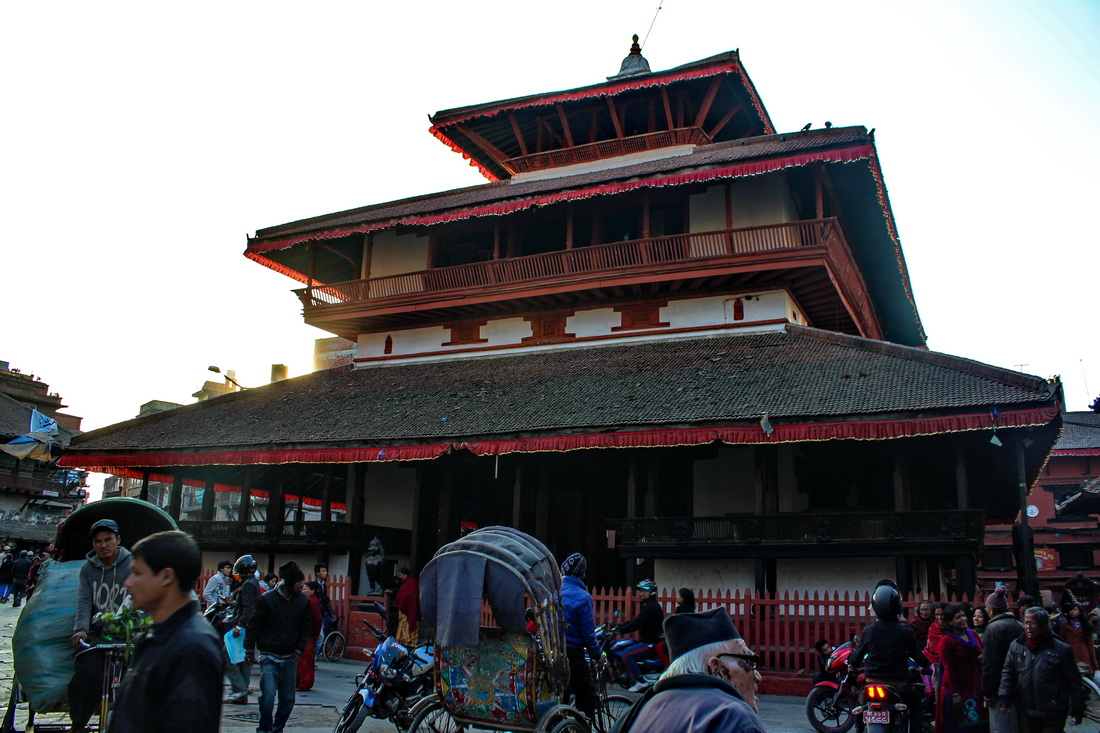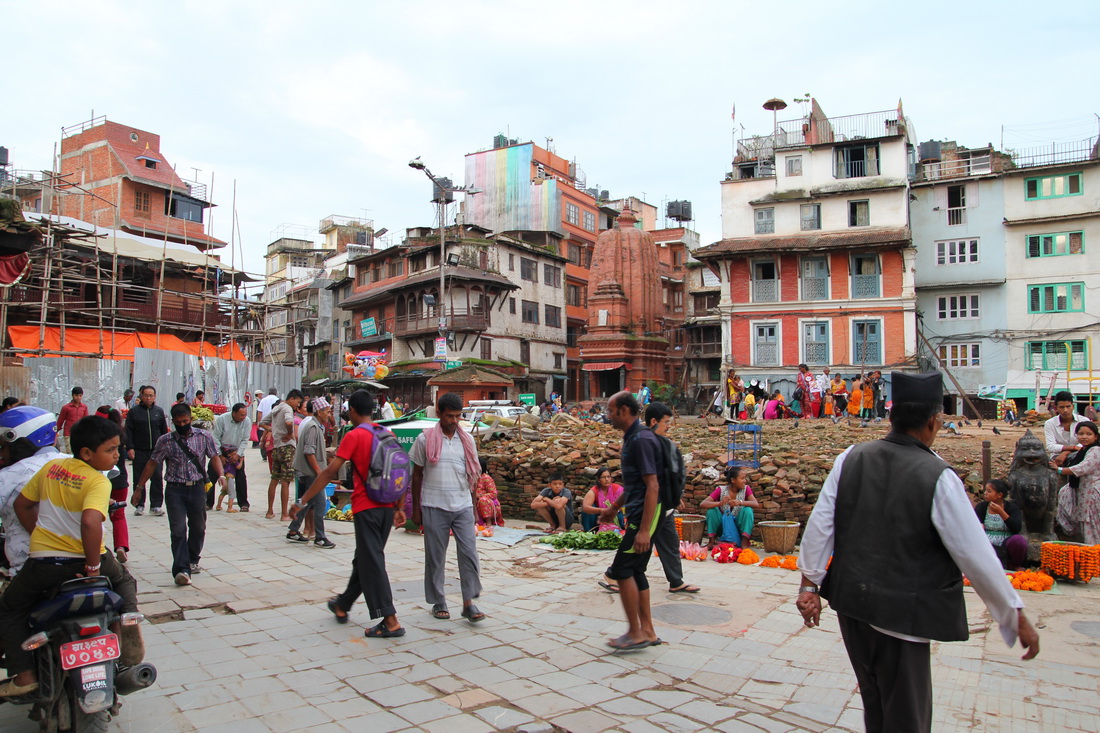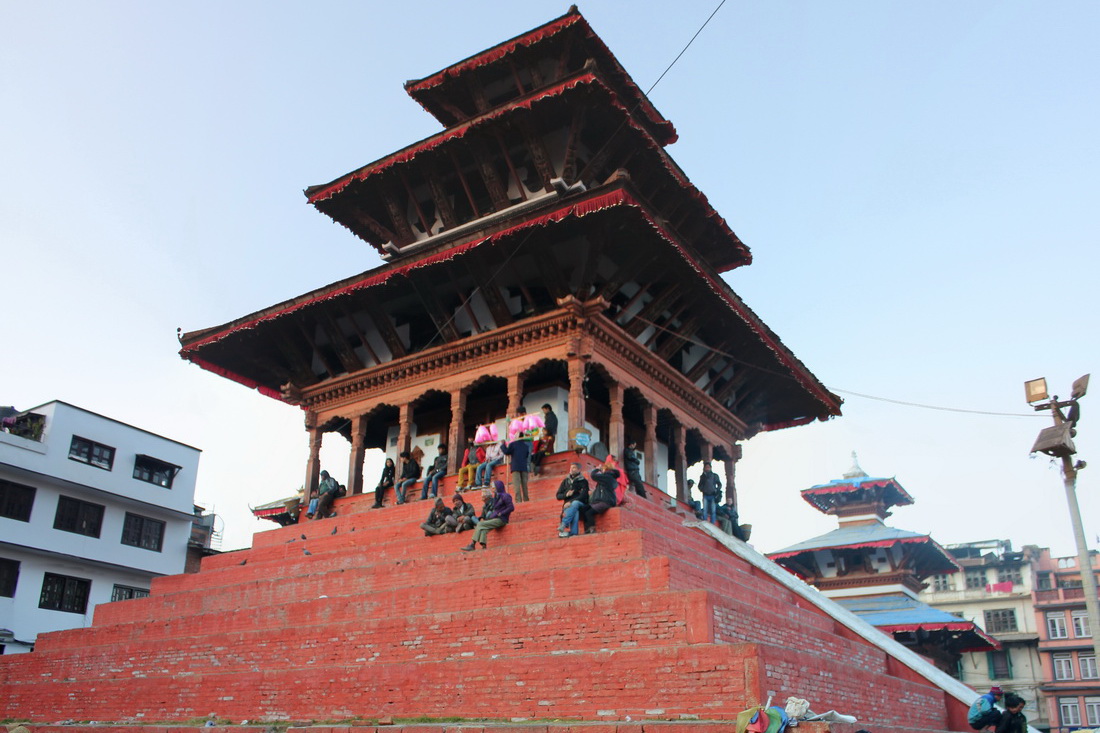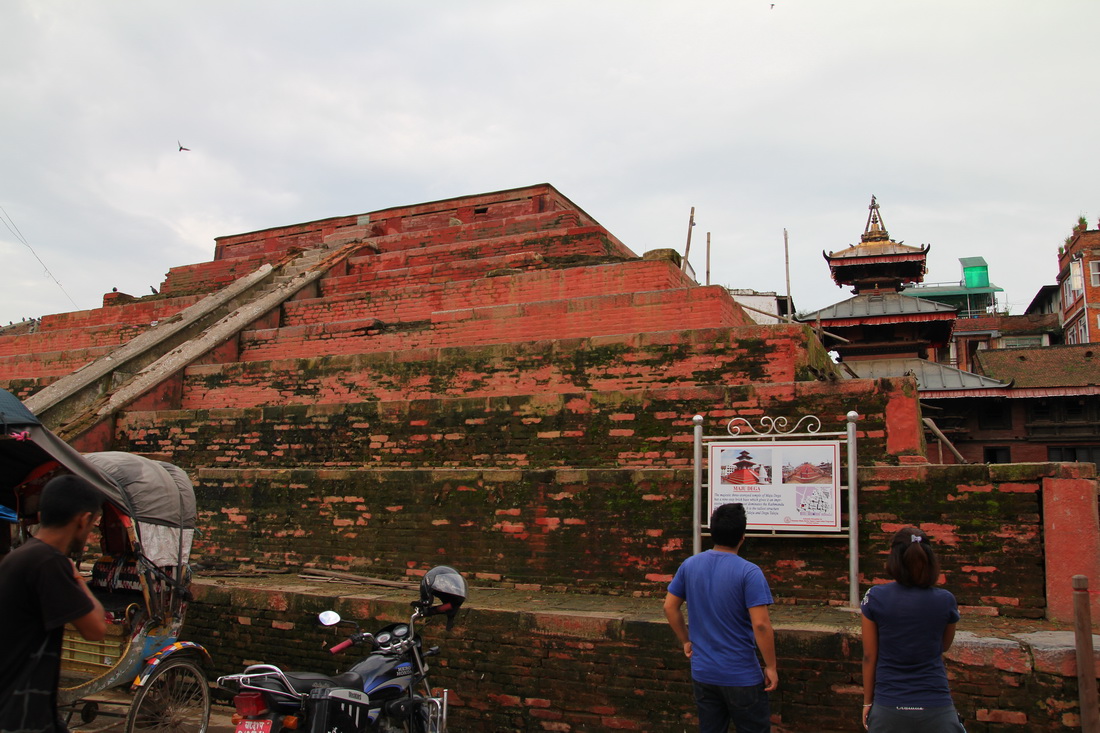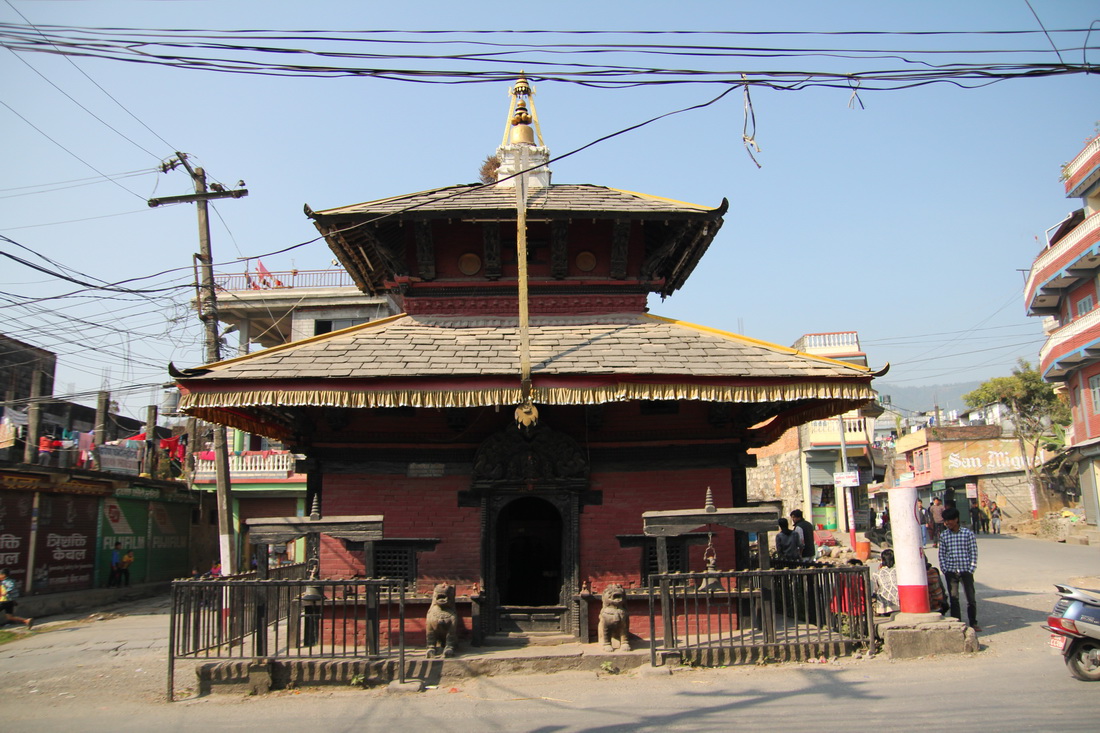Digital Archaeology in Nepal
How we are preserving Nepal's futureDigital Archaeology in Use
With temples and shrines in the thousands and cities that contain buildings with a living heritage Nepal is a rare cultural gem. The 2015 earthquake brought to light the lack of documentation surrounding many of these buildings. As people recovered from the humanitarian disaster they wondered about the restoration of their ancient temples.
Very little has ever been kept on the structural, engineering and architectural aspects of Nepals buildings. The 17th century Malla kings who were responsible for most of the more famous buildings kept engineering documents that have long since vanished through strife, war and neglect. Reaching further back to Ashokan times is practically fruitless.
Our process
Coping with what little data there is
The Department of Archaeology in Nepal used to publish books and journals on archaeology in Nepal dating back to 1967. However, in 2006 these journals ceased regular publication.
During this period Nepal entered a era of civil unrest as the monarchy was substituted by a democracy. The University of Cambridge (UK) began a project to digitally archive these journals along with some film and recordings.
Some private individuals have records and reports but other than that there is little in the way of digital archives for Nepal. The Digital Archaeology Foundation is the first organization to begin the process of digitally preserving Nepal’s Cultural Heritage.
Research
The 2015 earthquake in Nepal destroyed up to 20% of Nepal’s unique temples, shrines, stupas & buildings. 60% were damaged either substantially or with minor faults. In a staggering development it emerged that little engineering or architectural documentation was ever fully completed on these buildings.
The Digital Archaeology Foundation digitally preserved many of these buildings. The vast majority of Nepal’s well known buildings of cultural value, temples, shrines and artifacts are located in The Kathmandu Valley. Outside the valley there are many other buildings of cultural value that should not be overlooked. However, nothing compares to the Kathmandu Valley in terms of the sheer number of historic buildings in a relatively small area. Read on to discover about our research
Field assessment
Nepal’s ancient buildings of cultural value often pose a challenge to digitize. Many buildings are closely packed together in tight quarters. Nepal’s buildings are also a form of living heritage. Temples are often crowded throughout the day with people creating yet another challenge to overcome in documenting them. Society can also pose problems.
Some temples are off limits to cameras, non-Hindus and non-Nepalese. Furthermore very little of this is written fact. So on day one it may be possible to carry out a survey but on day two another caretaker or random priest may object. We respect all and do not physically touch any temple nor trespass where it is not allowed. Strikes, power outages, fuel shortages and civil unrest also hinders documentation. With all of these real scenarios under consideration. This is how we digitally preserve a building.
Digitally Reconstructing Nepal
The raw processing power needed to create some of our reconstructions is currently not available in Nepal. Furthermore we believe our reconstructions should be shared freely with others within the Digital Archaeology field and to the public.
3D reconstruction is a relatively new and specialized area. The Digital Archaeology Foundation project was the very first to carry out such scans in Nepal. As such all processing and 3D reconstuctions are created outside of Nepal where facilities are better. You may find some of the pages with 3D reconstruction examples slow loading on this site (a fast internet connection helps). To help with the large size of these 3D models we’ve also created some videos which make displaying the models more efficient. We also include light examples of tourism related reconstructions including walk-through tours through historic sites. Read on to see more about our digital reconstruction of Nepal’s temples
Restoring Nepal’s Temples
The Digital Archaeology Foundation believes that everyone should have access to our digitally reconstructed buildings. If a temple should have a fire and be partially damaged or destroyed then our reconstructions can help others rebuild or restore quickly. We do not allow commercial selling of these 3D models nor printing of 3D models for sale. This is a private personal project that is self funded.
We are working to build up a library or archive of digitally restored temples, shrines, stupas and artifacts from all of Nepal that we hope will be open to the public. This work is currently providing a way to educate people both in terms of this technology, heritage and in its primary goal of preserving these buildings for future generations. Read more about how the Digital Archaeology Foundation is restoring & heritage

